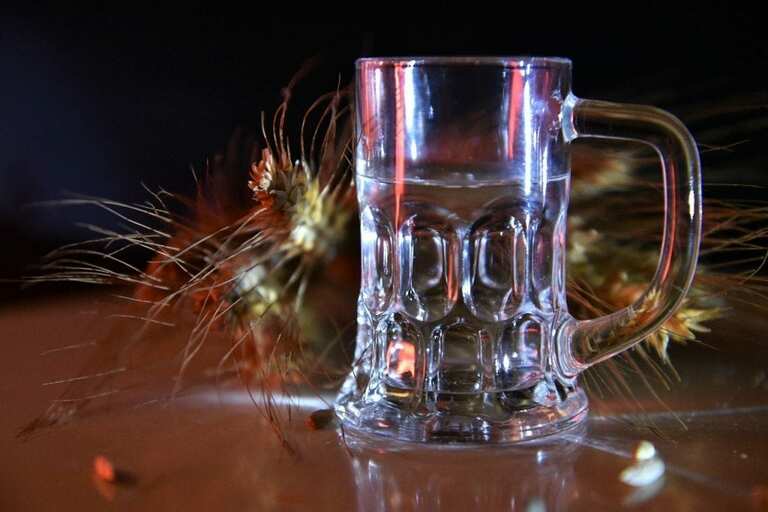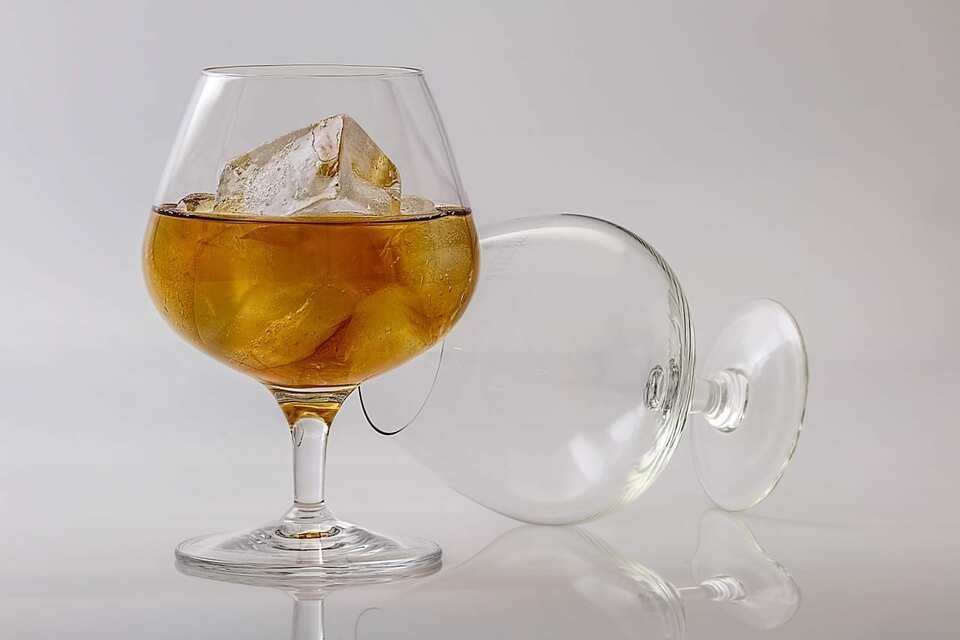Tags: Brandy. Wine. Cognac. Armagnac. Riesling, Semillon, Gewurztraminer, and Sauvignon Blanc
The Bribie Winelander
When thinking of Brandy many consider France to be the benchmark of quality around the world with such titles as Cognac and Armagnac however here in Australia is a great tradition of Brandy making which rivals anywhere in the world.
The word Brandy comes from the Dutch brandewijn or burned wine and thirty years or so ago every large winery in Australia used to make Brandy as a by-product of wine production. As long ago as 1913 Chateau Tanunda claimed to have built the most pretentious Brandy Distillery and Winery in the Southern Hemisphere and that each season 500,000 gallons of wine was distilled for Brandy.
At this time brandy was regarded as a quasi-medicinal pick-me-up and all brandy producers produced and labelled “hospital brandy” at a relatively low retail cost and were supplied to many of Australia’s hospitals. Moving forward to today and whilst “hospital brandy” has disappeared off the shelves several large wineries continue to produce high-quality brandy even though the market has diminished considerably in recent years.
The Family Owned Wine Company Angove’s is the leader in producing high-quality Australian brandy and maintains in excess of 5,000 barrels of maturing brandy at their Renmark Winery in South Australia.
From these barrels Angove’s produce a series of styles ranging from the commercial St. Agnes 3 star style that spends a minimum of two years in barrels by Australian Law to their seven star St. Agnes X.O. that contains a proportion of 30-year-old material with a minimum age of ten years, in fact, they are probably the only winery in Australia that can produce a brandy of this style. It cannot be called Cognac or Armagnac as these are regions of France but for quality, price and presentation the St. Agnes 7 star X.O. is up there with the very best produced anywhere in the world having won the award for being the best in the world three times at European shows and have won trophies at other shows around the world.
Brandy sales were seriously affected when the government put duty on the product some years ago which adds around $20 to every bottle and unfortunately other spirits have been marketed towards the younger generation such as bourbon, vodka, rum and tequila very successfully and brandy is seen as an older persons drink, but with the resurgence in cocktails brandy could still make a comeback.

Another wine style produced by several wineries is commonly known as dessert wine which can be late harvested or “noble botrytis” wines. Late harvested wines have been left on the vines longer and develop a higher sugar content and both styles are made from white wine grapes such as Riesling, Semillon, Gewurztraminer, and Sauvignon Blanc. Botrytis-affected wines, on the other hand, are grapes that are exposed to a fungus, botrytis camera, which forms on the grapes in moist conditions.
If the weather stays wet it will destroy the grapes but if exposed to drier conditions the fungus reduces the water in the grape turning the grape to a raisin which produces a fine wine with concentrated sweetness, but because you cannot make a lot of wine from the withered grapes they tend to be more expensive and usually come in 375ml bottles. Although sales of dessert wines are not huge many wineries like to make them as it completes the range and also shows the skills of the winemaker.
The most famous of these wines is Chateau d’Yquem which hails from Sauternes in the Gironde region in Bordeaux in France. The wine is made from equal parts of Semillon and Sauvignon Blanc, and the wines are known for their longevity, an 1811 vintage was scored a perfect 100 points by Robert Parker when tasted in 1996. After the oil crisis of 1973 demand fell for the wine and it was possible to buy a bottle for around 35 francs, after 1980 prices began to rise and in 2006 a vertical tasting (containing each vintage from 1860-2003) was sold by The Antique Wine Company in London for $1.5 million and in 2011 an 1811 bottle sold for $75,000 and became the most expensive bottle of white wine ever sold.
In Australia our most prestigious botrytis wine is made by De Bortoli and was first created by Darren De Bortoli in 1982, it has gone onto win over 130 trophies and 400 gold medals since then. Although being called a dessert wine I think it is best drank with blue cheese, Gorgonzola, Shropshire Blue and Stilton are perfect. Last month we showcased ports but of course, we also produce outstanding Muscats, Tokays and Sherries.
To make these wines the grapes have to ripen naturally by leaving the grapes longer on the vines for extra sweetness, however in Europe, it is legal to add grape sugar which is known as Chaptalization but not in Australia, and are then fortified with brandy. Sherry is traditionally made from Palomino grapes and classified into various styles, Fino (dry) Amontillado (sweet) and Oloroso (cream) and production utilise the dynamic method we looked at last month known as The Solera system.
Muscat and Tokay styles are made from the Red Frontignac variety and Muscadelle respectively and to make a traditional Australian Muscat or Tokay the fruit has to be picked at a much higher sugar level or baume and after picking the fruit is crushed and allowed to ferment for about 24 hours before pressing and fortifying. Australian fortified wines are made from blending from different vintages to achieve the quality required and below are some outstanding examples to look for, almost anything from Rutherglen in Victoria is worth trying. Muscat.
All Saints Estates Rutherglen Baileys of Glenrowen Morris Old Premium Rare Liqueur Muscat Cambells Merchant Prince Bullers of Rutherglen. Tokay All Saints Estates Baileys Bullers There is a family vineyard in Western Australia that is also worth seeking out and they have been making outstanding fortified wine since 1932 and that is Talijancich of the Swan Valley where growing conditions are perfect for great Muscat and Tokay.
Don’t forget for questions [email protected]
Cheers Philip Arlidge
A couple of ditties from Ovid as far back as 1 B.C. and things haven’t changed!
Wine gives courage and makes man apt for passion But on the other hand Wine prepares the heart for love unless you take too much Whilst Shakespear’s Porter in Macbeth has similar thoughts It provokes the desire but takes away the performance Is there a lesson to be learnt from these I wonder?
Other Articles
https://thebribieislander.com.au/wine-prices/
https://thebribieislander.com.au/starting-wine-business-australia/
